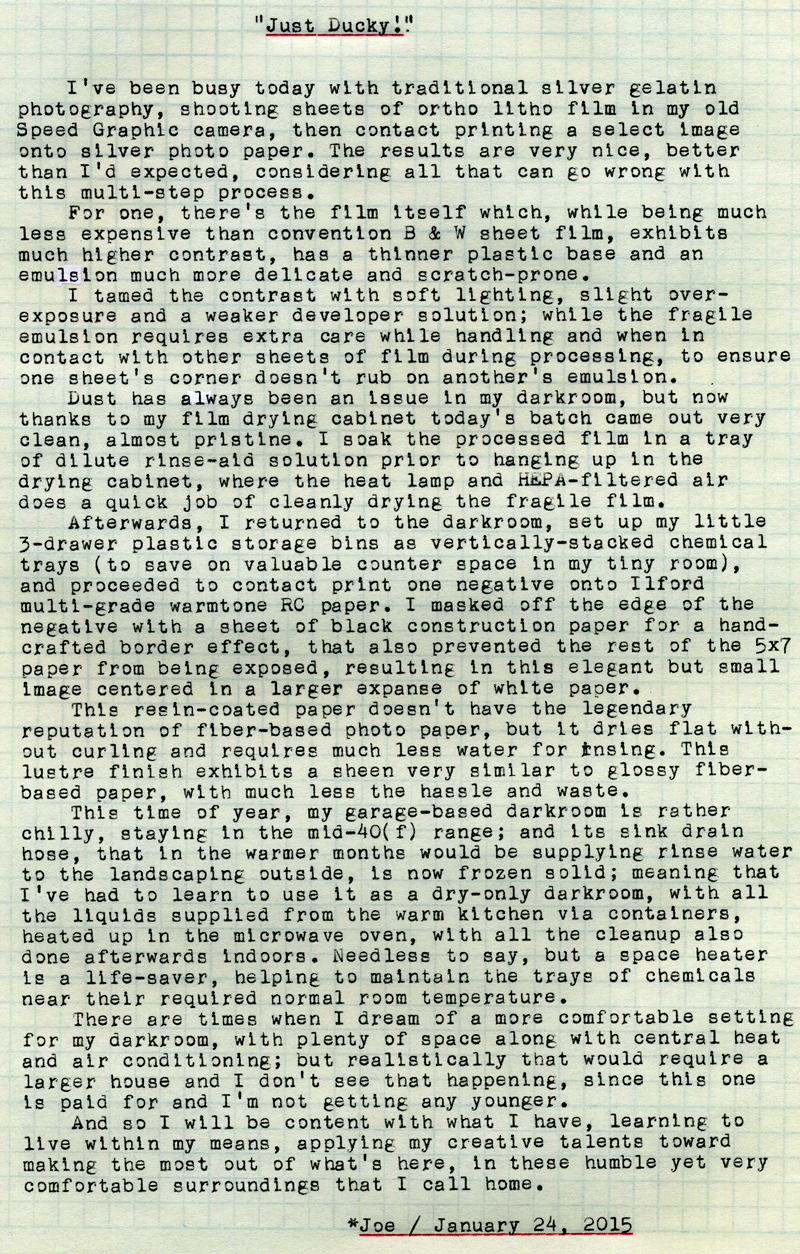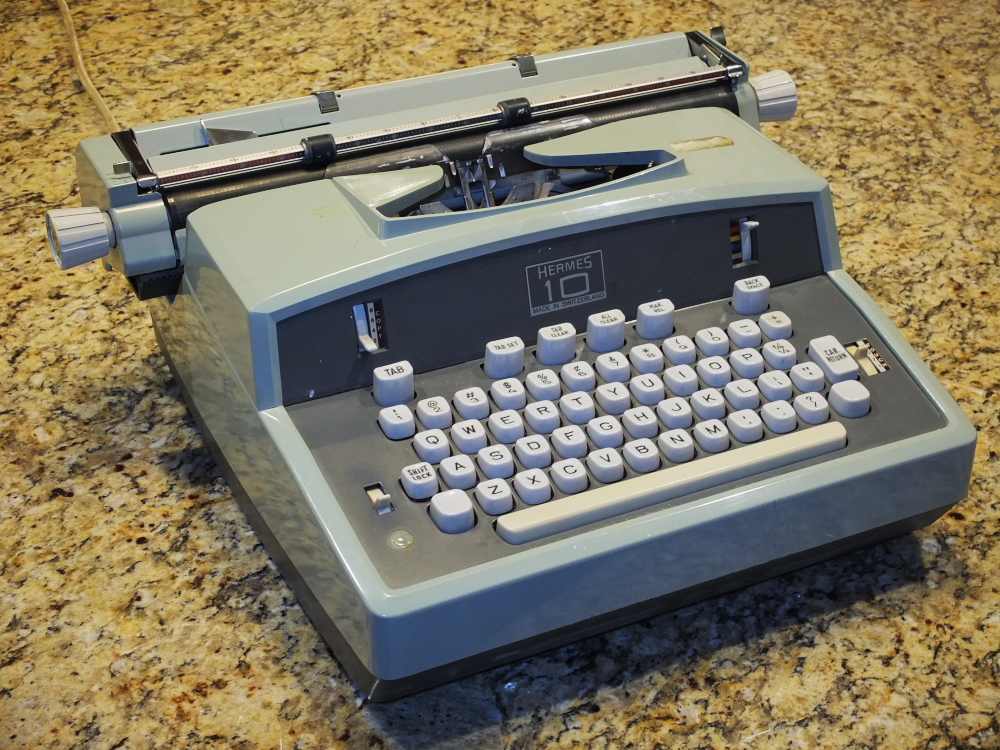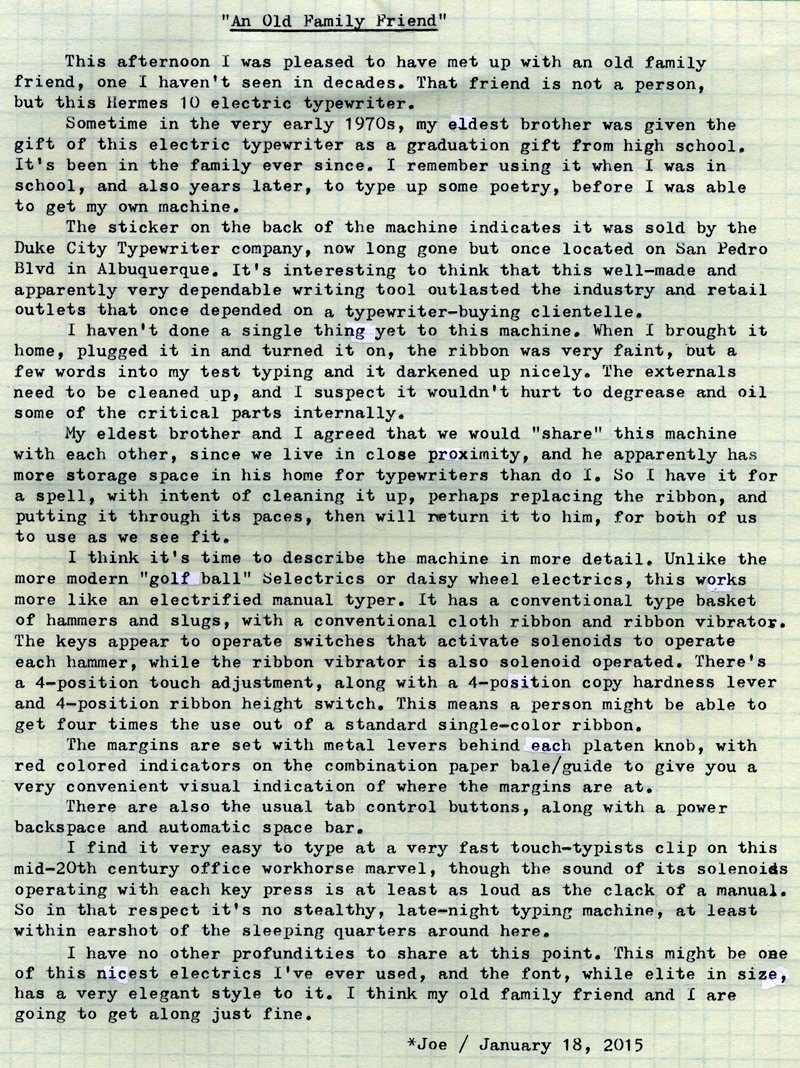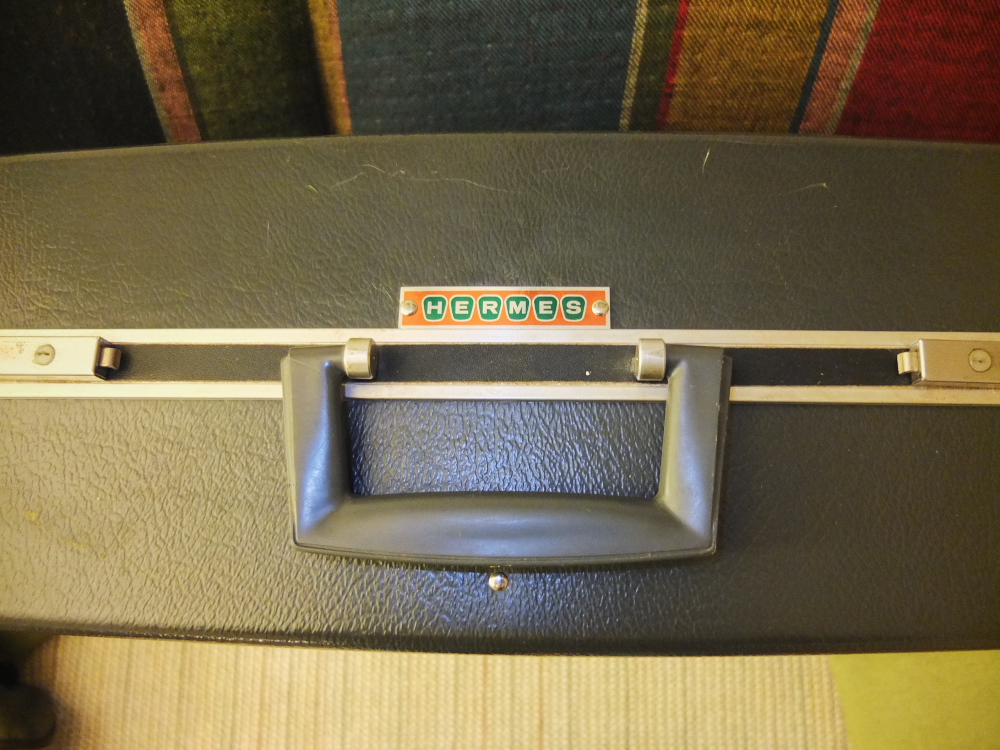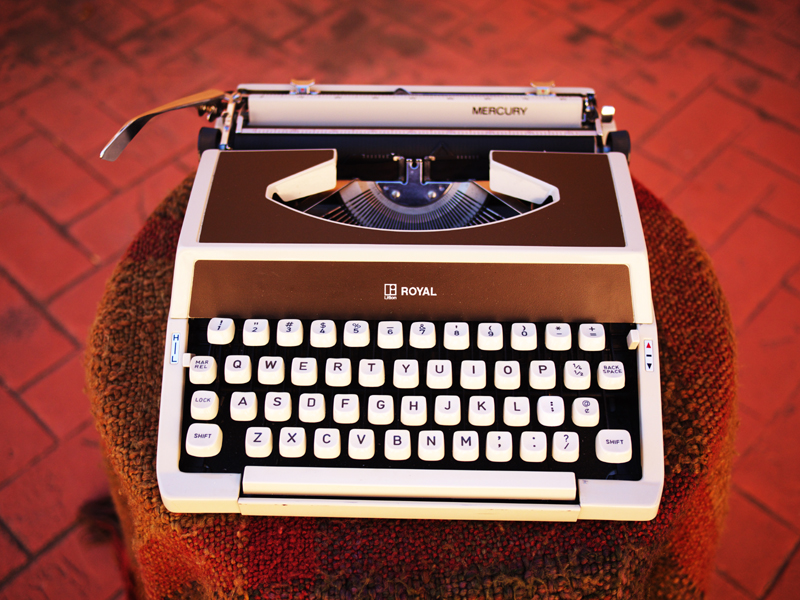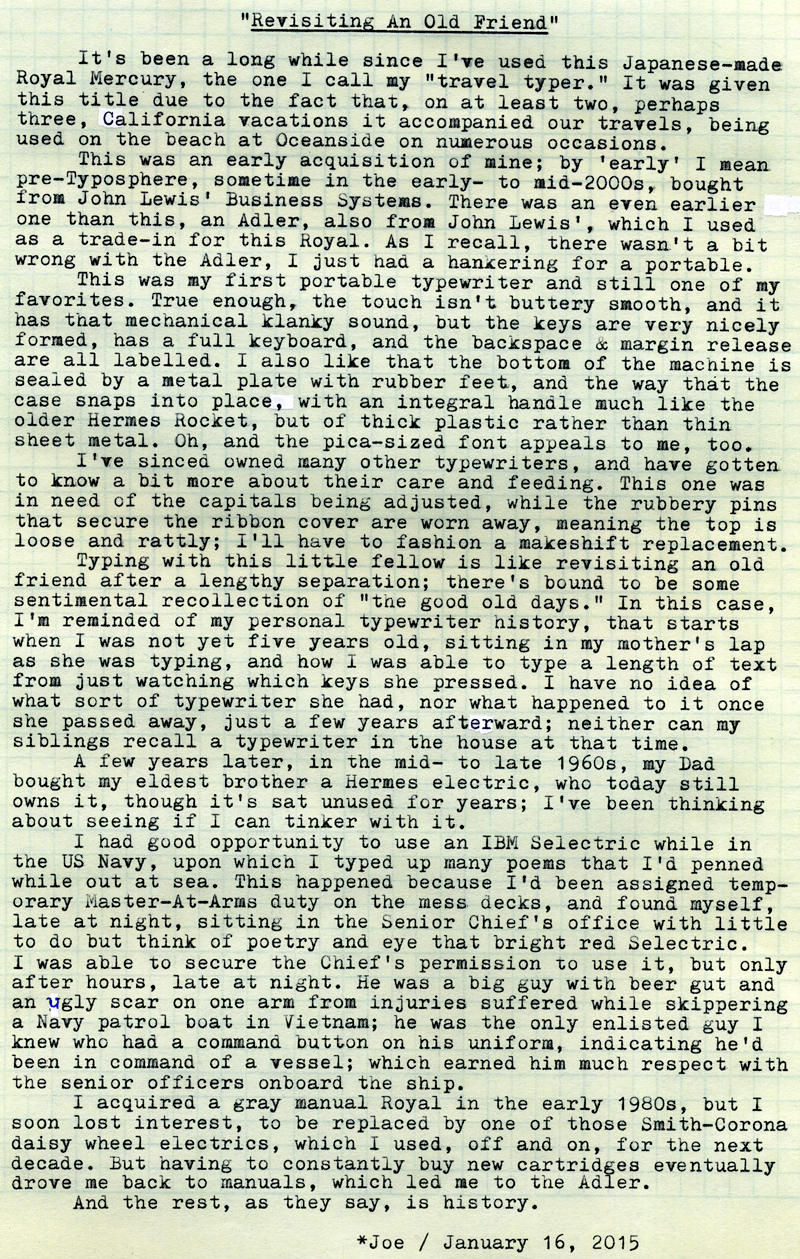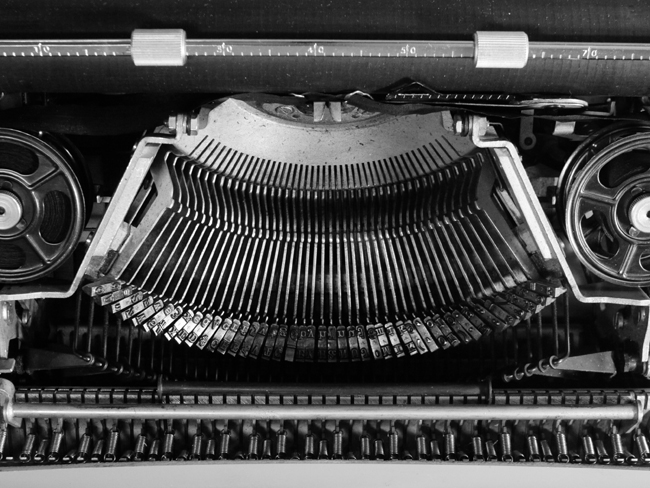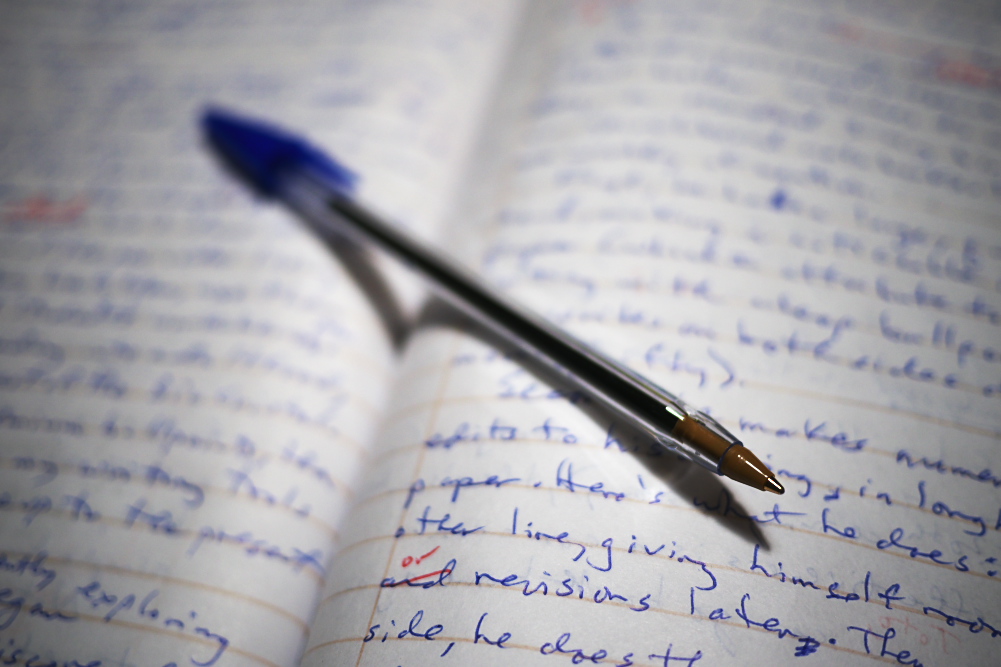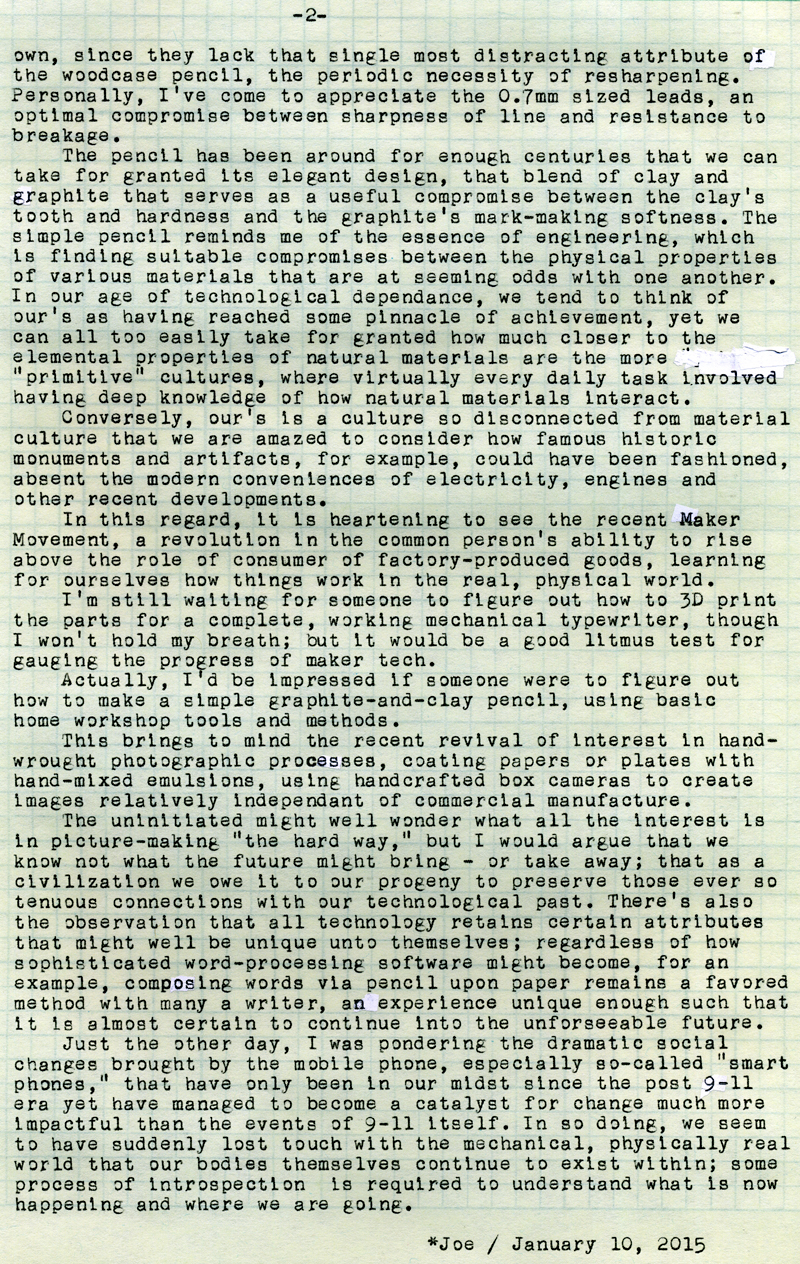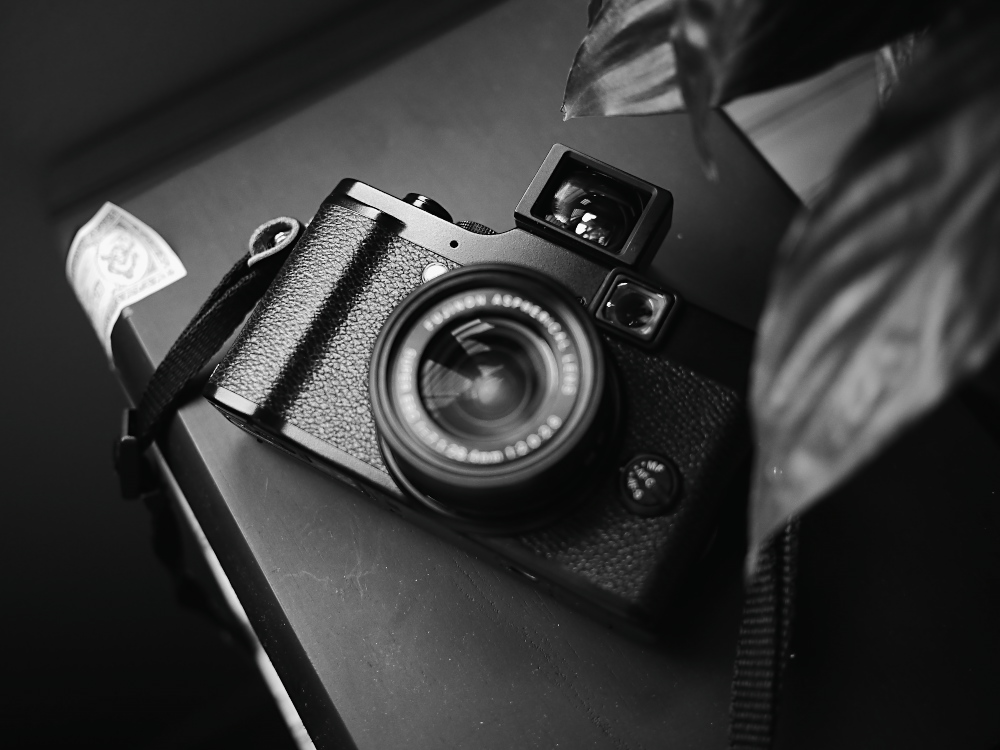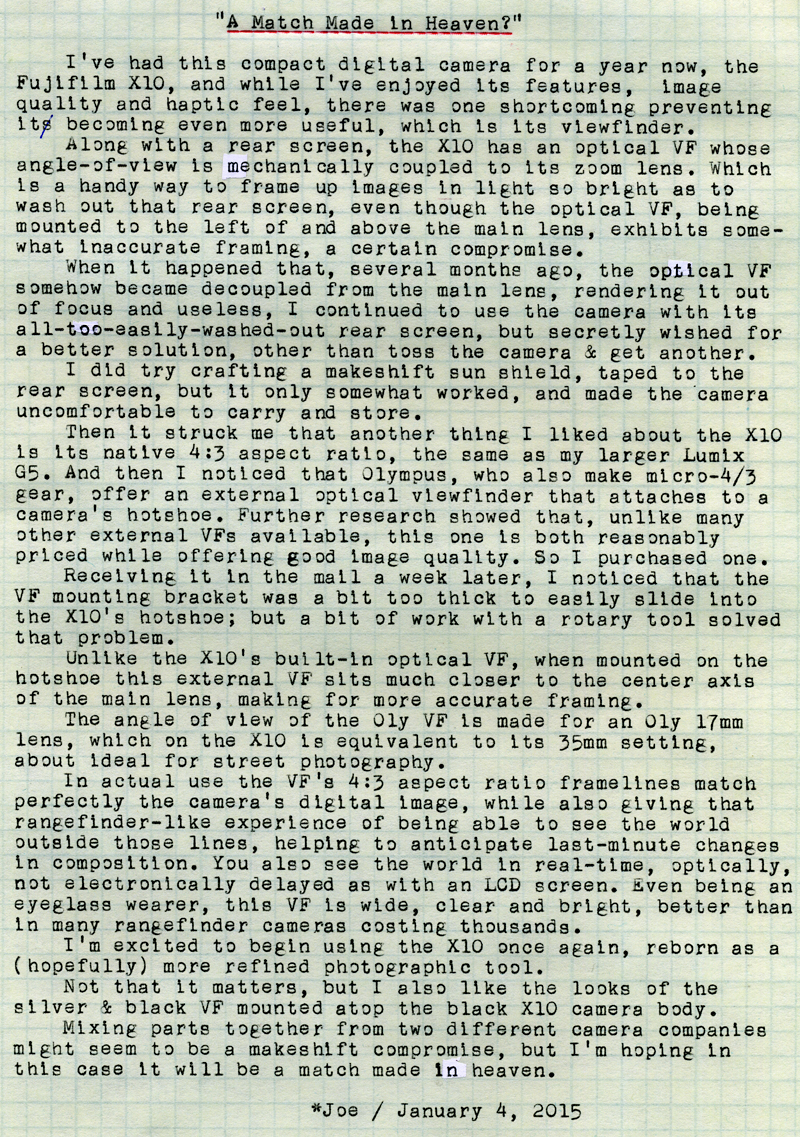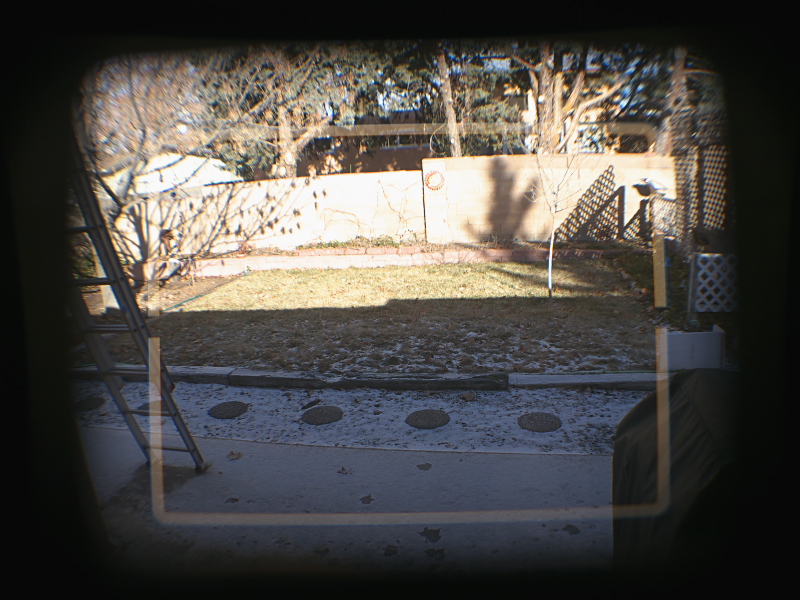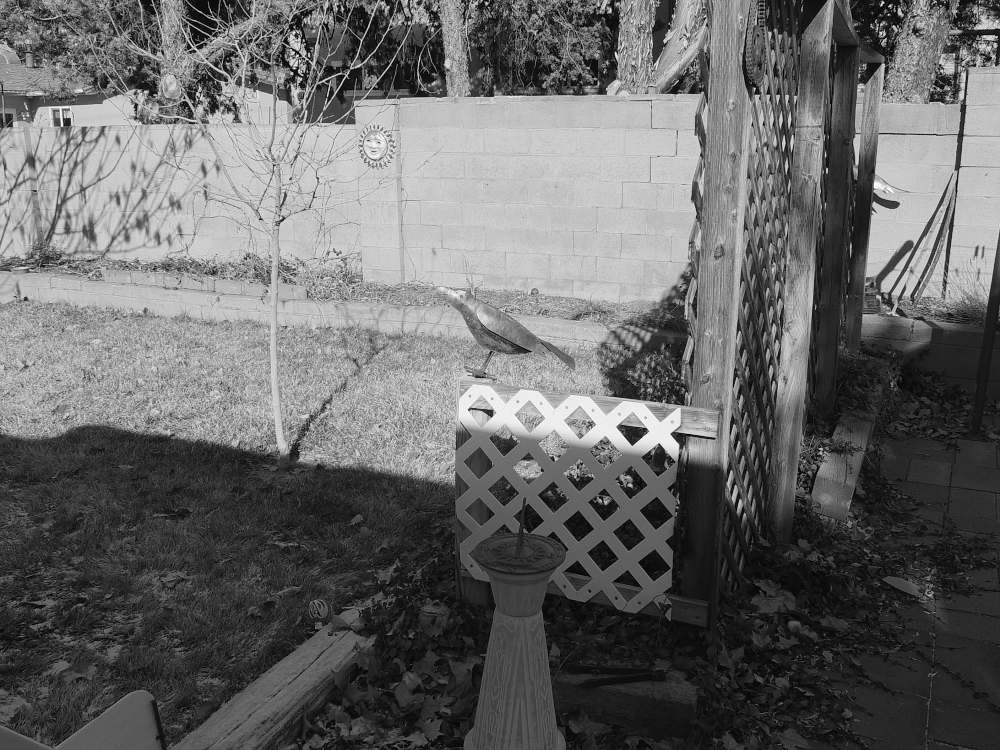Breaking Bad?


(1) Link to New Yorker article.
Post-Script: The moral failure of Albuquerque's city government to effectively oversee the power of its police force should serve as a shot across the bow for the rest of the county, as we are reminded of our inept, bankrupt national government and the consolidation of power in an ever-expanding national security apparatus. Yes, pay attention to what happens here (and in your own community), for it mirrors what's happening elsewhere.
You owe it to yourself to read the New Yorker article, and heed its warnings.
One important point made therein was an attitude expressed by many citizens, especially from the more affluent sectors of the community, that "...the police are doing a good job, and they ought to shoot more criminals."
I am reminded that, under the constitutional rule of law, the police don't have the privilege of declaring a citizen a criminal; that right is retained solely by due process of law, after the facts have been independently verified and the person tried & convicted by a jury of their peers. Otherwise, as in other examples we've seen throughout history of a Police State run rampant, they effectively become judge, jury and executioner. Is that the kind of society we desire to live under? Is this how we should be conducting our national and foreign policy?
I don't write these words lightly. Over the years (since 2006) I've tried to keep the tone of this blog above the fray of politics, for that is not my forte or area of primary interest. However, what most alarmed me from the New Yorker article were suggestions of witness intimidation and outright threats, reminiscent of the tactics we've seen in the past by organized criminal syndicates and tin-horn military dictatorships. We, who publish such ideas, should be ever cautious and tread lightly, for words have power; and cockroaches, they fear the light.
Typecast via Smith-Corona Silent; photo via Lumix G5.

